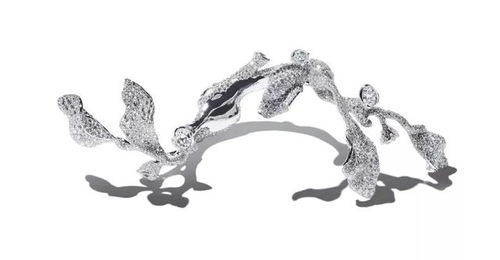Introduction:
For anglers seeking a unique and challenging fishing experience, targeting silver carp, also known as grass carp, can be an exhilarating endeavor. These resilient fish are found in various water bodies across the globe and are known for their impressive size and voracious appetites. In this article, we delve into the intricacies of catching silver carp, providing you with a step-by-step guide complete with illustrations to help you master the art of fishing for these majestic creatures.

Understanding Silver Carp:
Before we dive into the fishing techniques, it's essential to understand the habits and preferences of silver carp. These fish are bottom feeders and are often found in shallow waters where they graze on vegetation. They are known for their silver-colored scales and can grow to impressive sizes, making them a sought-after catch for anglers.
Equipment Selection:
The right equipment is crucial for a successful silver carp fishing trip. Here's what you'll need:
- Rod and Reel: A medium-heavy to heavy-duty rod with a fast action is ideal for silver carp. A quality spinning reel with a smooth drag system is recommended.
- Line: Use a monofilament line with a breaking strength of at least 20 pounds to handle the strong pulls from silver carp.
- Hook: A large, strong hook, such as a 3/0 to 5/0, is necessary to withstand the fish's size and strength.
- Bait: Silver carp are omnivorous and will eat a variety of baits. Live bait like nightcrawlers, minnows, or leeches can be highly effective, while artificial baits like jigs or soft plastics can also work well.
Baits and Lures:
- Live Bait: Live bait is often the most effective for catching silver carp. Nightcrawlers and minnows are popular choices.
- Artificial Baits: Soft plastics like worms, lizards, or grubs, as well as jigs, can be deadly when presented correctly.
- Rigging: For live bait, a Carolina rig or a Texas rig can be effective. For artificial baits, a Texas rig or a straight worm rig works well.
Fishing Techniques:
- Locating the Fish: Silver carp are often found in shallow waters with abundant vegetation. Look for areas with dense aquatic plants or submerged logs.
- Presenting the Bait: Cast your bait into the water and allow it to sink to the desired depth. With live bait, let it sit still for a few moments before twitching it gently. With artificial baits, a slow and steady retrieve often works best.
- Reading the Bites: Silver carp are not known for their aggressive strikes. You may need to be patient and wait for subtle signs of a bite, such as a slight tug or a change in the bait's position.
Fishing Locations:
- Still Waters: Ponds, lakes, and reservoirs with abundant vegetation are prime locations for silver carp.
- Moving Waters: Slow-moving rivers and streams with a moderate current can also hold silver carp.
Safety Precautions:
- Handling the Fish: Silver carp can be quite strong and may carry diseases. Always use gloves when handling them and practice catch-and-release whenever possible.
- Boating Safety: Always follow local boating regulations and stay aware of your surroundings, especially in areas with heavy vegetation.
Illustrations and Diagrams:
To assist you further, we've included detailed illustrations and diagrams to guide you through the various steps of fishing for silver carp:
- Rod and Reel Setup: An illustration showing the correct rod and reel combination for silver carp fishing.
- Bait Presentation: Diagrams demonstrating the Carolina rig and Texas rig setups for live bait.
- Artificial Bait Retrieval: A step-by-step illustration of how to effectively retrieve artificial baits like soft plastics and jigs.
Conclusion:
Catching silver carp can be a rewarding and challenging experience. By following this comprehensive guide, equipped with the right techniques and equipment, you'll be well on your way to mastering the art of fishing for these majestic fish. Remember to always practice responsible fishing and enjoy the outdoors safely. Happy fishing!












